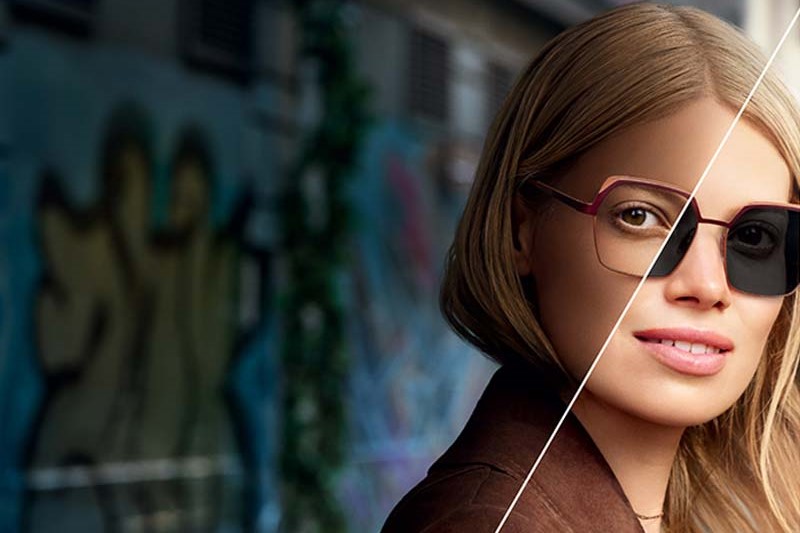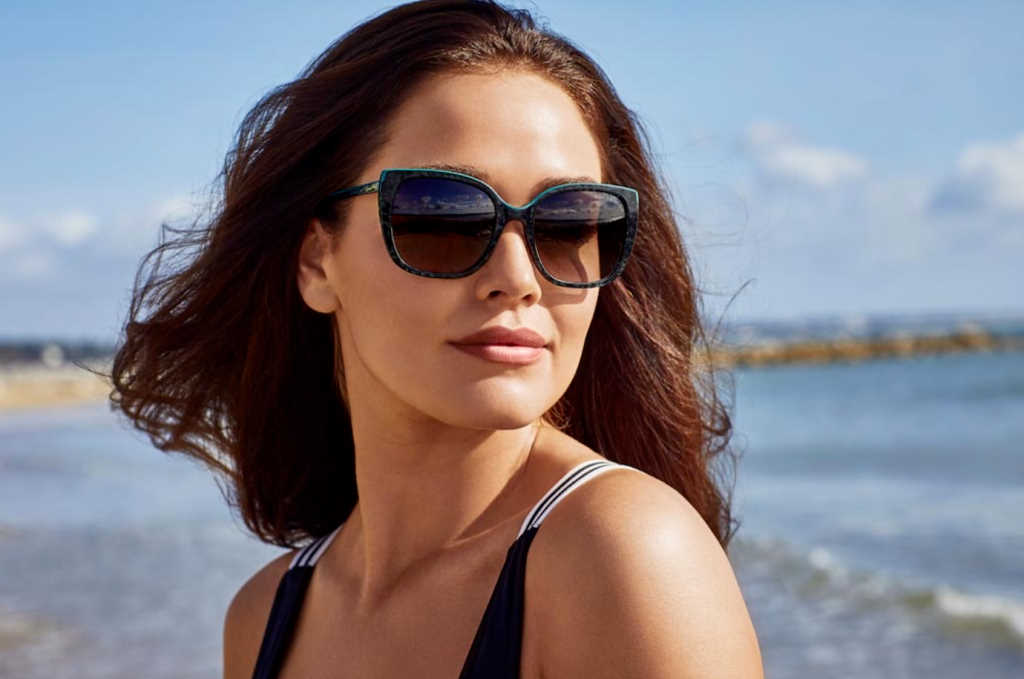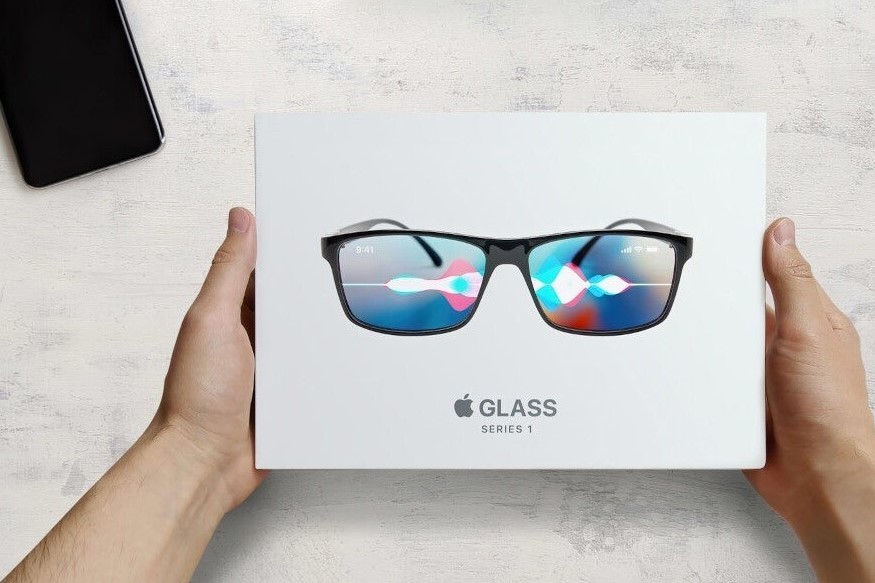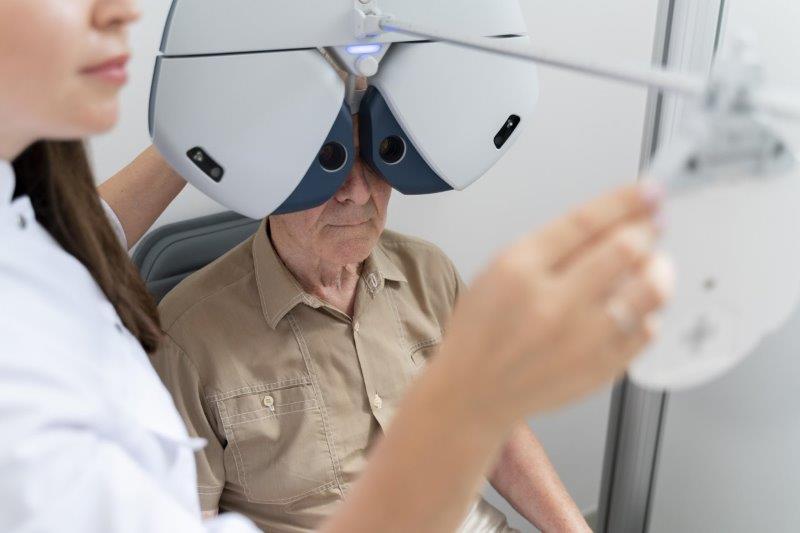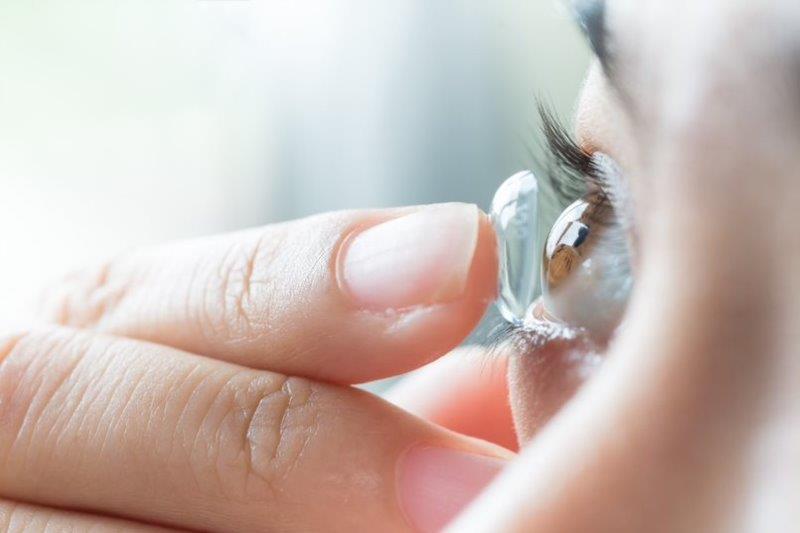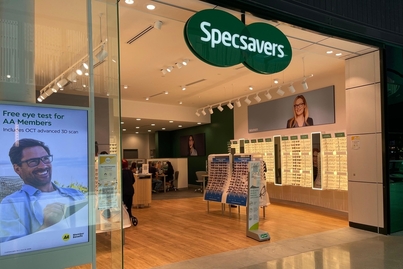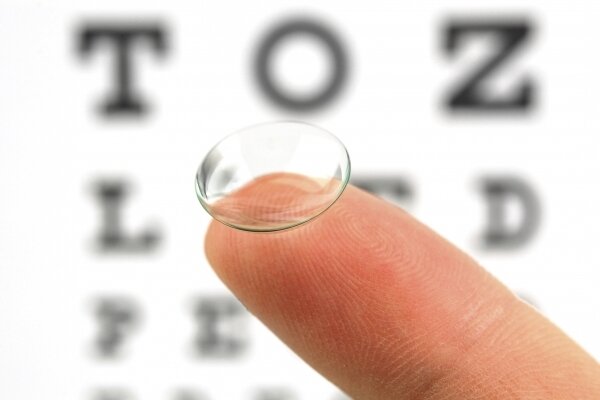Plea for UV protection education
Cancer Society New Zealand is highlighting optometrists and dispensing opticians’ crucial role in increasing awareness of UV protection for our eyes ahead of the 2021 summer season, and is encouraging all eyecare professionals to discuss how best to do this with their patients.
While most New Zealanders and Australians are probably familiar with the successful ‘80s Sunsmart Slip! Slop! Slap! campaign*, we are less aware of the need to protect our eyes from UV exposure, said Lucy Elwood, chief executive officer of Cancer Society NZ. “Melanoma rates in New Zealand are double that of any other country, except for Australia, which also has high rates. While it is encouraging that many people here know that UV radiation from the sun can cause skin cancer, there is less awareness that UV radiation also causes ocular and peri-ocular cancers and other eye diseases, including cataracts, photokeratitis and macular degeneration.”

Lucy Elwood
Similarly, there’s a lack of awareness of when to wear UV eye protection, she said. “While there’s growing awareness that you need to apply very high protection sunscreen even if it’s cloudy, people tend to only wear sunglasses when it is sunny or when there is glare from the sun.”
Yet there is risk to the eyes even on cloudy days when the UV index is three or higher, said Elwood. “This is one of the reasons why both the Cancer Society in New Zealand and the Cancer Council in Australia have supported clear lenses that provide UV protection, such as Essilor’s Crizal UV prescription lenses. For people who wear prescription glasses, these untinted UV lenses play a very important role in further reducing their risk of ocular and peri-ocular cancers.”
Daily use of glasses providing adequate UV protection (ie. that meet the A/NZ Standards 1067:2016) is even more important for those who have higher risk factors for eye cancers, said Elwood. This includes people with fair skin, skin that burns easily, light eye colour, family history of melanoma, or those who have certain conditions and disorders such as moles (nevi), and people who work outdoors, especially if they are near reflective surfaces such as water and snow.
“It’s important that outdoor workers, welders, fishers and ski instructors use eye protection correctly, as should people who use artificial UV sources such as sunbeds and sun lamps, which should be avoided,” said Elwood.
Another challenge is that sunglass standards are not mandatory in New Zealand as they are in Australia, she added. “As a result, there are different types of sunglasses available, many of which do not provide adequate protection.”
In New Zealand, awareness of the need to choose sunglasses with high UV protection that meet these standards and remember that sunglass labels are not necessarily reliable or comprehensive is low, said Elwood, so Kiwi optometrists and dispensing opticians (DOs) play an important role in reinforcing the need for adequate UV protection for the eyes and encouraging people to wear sunglasses that meet the ANZ standards. For example, eyecare professionals could offer to check the sunglasses their customers are using to make sure they meet the standards, she suggested, adding she hopes optometrists and DOs will reinforce prevention and early detection messages and campaigns. “We’d love for every optometrist to have a conversation with every customer about protecting their eyes from the harm of UV rays.”
The Crizal Cancer Society campaign
Essilor is again running its longstanding Crizal Cancer Society consumer awareness campaign alongside Cancer Society NZ this year, aiming to increase public awareness of the need for sun protection, including the eyes. The campaign includes a variety of point-of-sale material for practices to display, including posters, counter cards, window decals, floor mats, display frames, brochures, web banners and recall letters.
The Crizal range is the only prescription lens approved by Cancer Society NZ. It is the most advanced anti-reflection prescription lens in the market, said Tim Thurn, professional services director Essilor ANZ. “Many people who wear prescription spectacles have difficulty adequately protecting their eyes, especially from the UV coming from the sides and reflecting off the back surface of the lens into the eye. Crizal UV, on any lens material except CR39, cut 100% of the UV coming into the eye through the lens and dramatically reduce UV being reflected onto the eye from the back of the lens, which increases the protection of the eyes and skin around them.”
Essilor also donates a portion of the sale of Crizal lenses to Cancer Society NZ for research, support services and educational programmes for each purchase made.
*The Slip! Slop! Slap! messaging has since been modified to encourage everyone to protect their eyes too, through the addition of ‘Wrap!’ (wrapping on close-fitting sunglasses).











